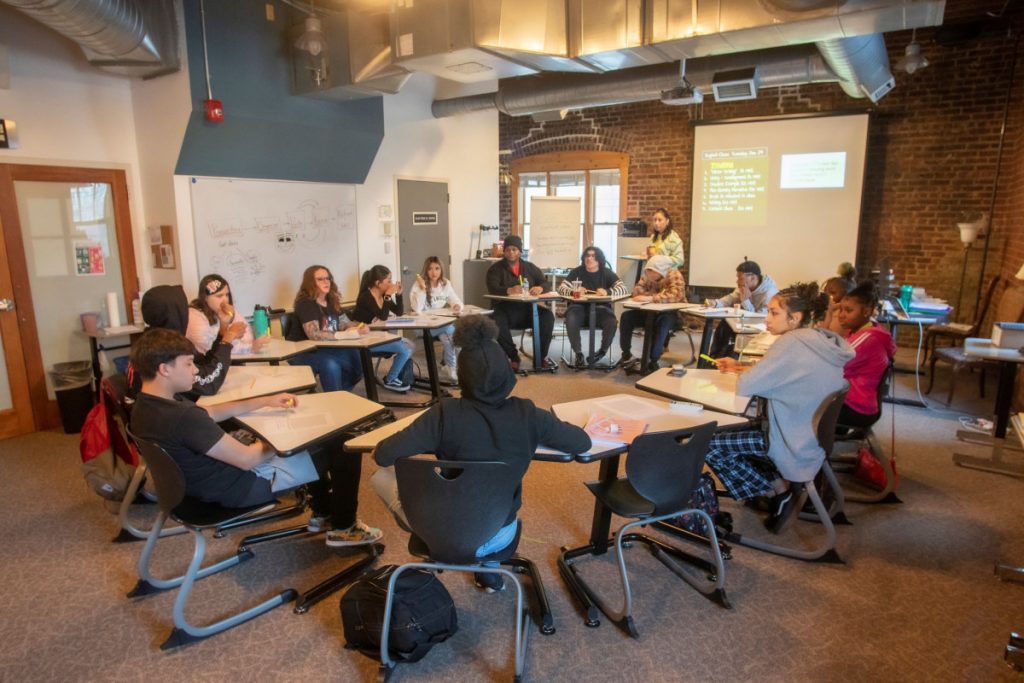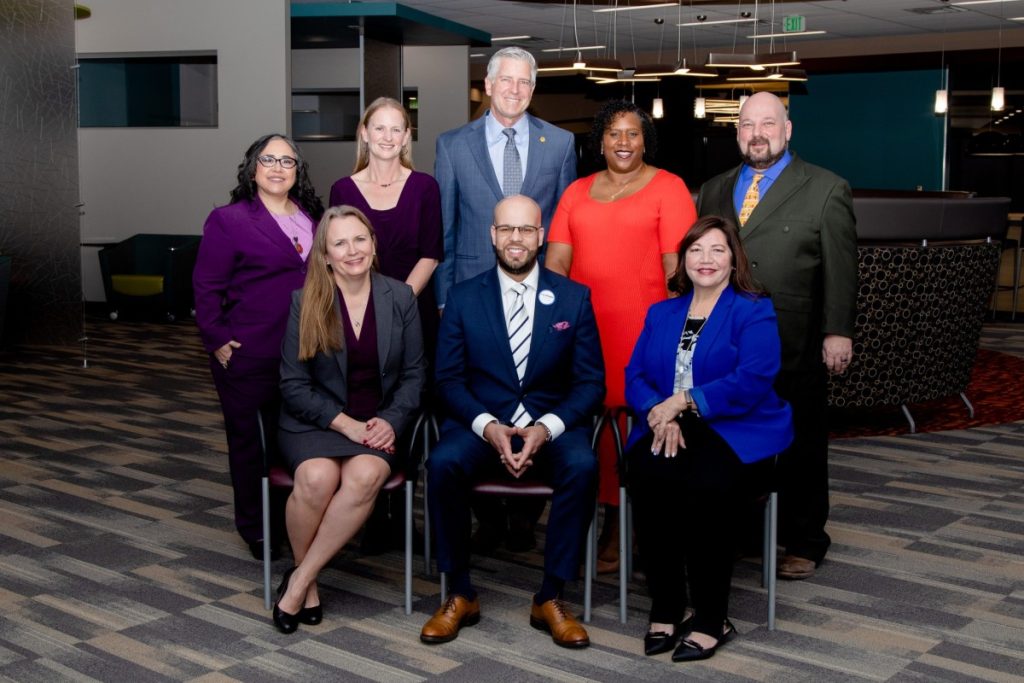Editor’s note: This article was written by Veronica Bell, an elementary educator and Teach Plus Colorado Policy Ambassador. She most recently taught 3rd grade at a charter school in southwest Denver and served as the Social Justice, Equity, and Liberation Coordinator for her school.
Each year at my small charter school in southwest Denver, we close out the last week of professional development before the start of school with a “walkthrough” in which we practice the routines of the school day—arrival, lunch, dismissal.
The adults move into position on the sidewalk, street, or hallway and are given instructions on our assigned duties, like holding the stop sign, greeting students at the door, or bathroom patrol. For those with a responsibility outside of the routine being practiced, we get the best role: participating as students. During the walkthrough—and as we do each school day—we play music, dance and twirl each other, wave, and give out hugs.
If you’re part of the walkthrough, one of the first things you’ll see is the “School Family” bulletin board with a photo of each student and staff member. Then you’ll walk past the values of our school: love/amor, honor/honor, curiosity/curiosidad, growth/crecimiento, and activism/activismo hanging from the ceiling. Small bookshelves and cubbies line the walls of the hallway and different color tape encourages students to hop, skip, and zig zag their way to their destinations.
This walkthrough is a deliberate part of our school planning process because we want each student to experience a positive, safe transition when their parents drop them off and they walk through the school doors. Our school learning environment, in other words, our school climate, is intentionally designed with students’ experience at the center.
As the former Culture Chair and Social Justice, Equity, and Liberation Coordinator at my school, I understood that the way a student experiences school can have an impact on his or her overall learning outcomes. Students are more likely to succeed academically when they feel a sense of belonging, safety, and connection with their peers and the adults in their school building.
When students feel connected, they are more motivated to learn and more likely to have reduced absences. A school climate with fair school discipline practices and strong teacher-student relationships is less likely to result in disciplinary issues and more likely to lead to effective risk prevention and positive identity development.
Because of a focus on academic achievement, school climate has often been overlooked. However, it is an important indicator of student success and it should be treated as such. This is why I support a bill sponsored by Representatives Herod and Young (HB22-1376).
If passed, this legislation would update Colorado’s policies, practices, and data frameworks to make data about students’ experiences at school more transparent and to ensure that every student learns in an environment that is positive, safe and inclusive.
First, the bill requires data collection on disciplinary incidents and indicators of school climate and ensures that the information is publicly available and easy to access. We measure teachers, schools, districts, and even the state on how well our students perform academically using disaggregated data but we do not do the same for school climate. This legislation would ensure that clear and consistent data is collected from district to district concerning chronic absenteeism, bullying, and school discipline incidents and actions taken.
Next, the bill seeks to promote best practices and proper training for school resource officers and allocates funding for evidence-based programs that support students, teachers, and administrators. This just-in-time funding will re-engage students identified as at-risk of dropping out of school due to chronic absenteeism and disciplinary actions and address the growing behavioral and social-emotional needs of students.
Finally, HB 22-1376 will limit the amount of time students can be restrained and end harmful practices like the handcuffing of students by school security and law enforcement, except in cases where the student is a danger to themselves or others. This will ensure that school-based behavior is not treated harshly as criminal behavior and that students are responded to with appropriate support and not physical force.
For students to be productive and successful academically, they must feel safe, connected, and supported. I support HB 22-1376 because I want to see students honored as whole people. I also know that what gets measured, gets done.
If we want to improve students’ experience at school and thus their overall learning outcomes, we must take the first step to collecting the data. Then we can make sure that each student starts their day with joy and connection, knowing that they belong to our school family and that we are so excited to see them.




